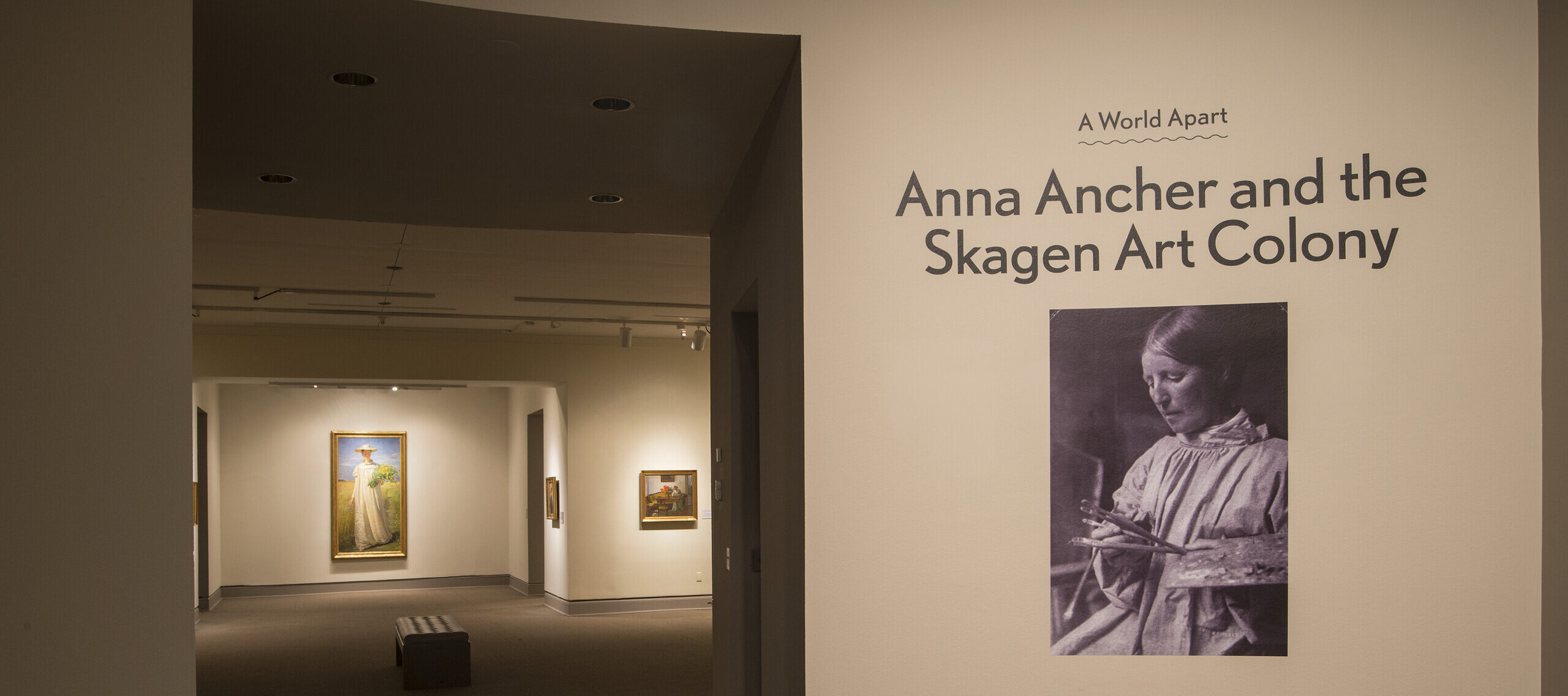
In the early 1890s, Anne Marie Carl-Nielsen aligned with “The Free Exhibition,” a Danish artists’ association that mirrored the pan-European rebellion against conservative art institutions. The group included Harald and Agnes Slott-Møller, good friends of Skagen painters Anna and Michael Ancher, as well as Vilhelm Hammershøi and P.S. Krøyer, one of the most famous artists working in Scandinavia. Anne Marie was the group’s only sculptor; she exhibited frequently with them and soon became a permanent member.Through the association, Anne Marie befriended Anna Ancher, and in 1916 both women founded the Women Artists’ Society, a group of women artists who met frequently in Anne Marie’s studio to discuss art and the challenges they faced as women in the arts.
Throughout her career, Anne Marie perfected the portrayal of animal musculature, creating numerous sculptures of horses and calves that captured lifelike movements, a skill for which she became famous. Appropriately, Anne Marie’s greatest career achievement involved animal imagery: in 1908, a prestigious competition was announced to create an equestrian statue of the recently deceased King Christian IX of Denmark (1818–1906).

Despite her celebrity, she faced discrimination while vying for the prize: as a professor warned her, “even if you model like an angel, you won’t get it. A woman will not be allowed to make a monument.”¹
Shockingly, Anne Marie won, becoming the first Danish woman to create an equestrian monument. She devoted the next 20 years to the sculpture, even renting a studio in Germany to study the specific type of German-bred horse the king rode.
The completed statue, which stands today on the grounds of Christiansborg Castle in Copenhagen, depicts the ruler seated on a handsome stallion whose sinuous pose vividly demonstrates the motion of slowing from a gallop. Anne Marie later created another equestrian statue to honor her husband, who died in 1931; the statue portrays a nude youth with Carl Nielsen’s features playing a pan flute while seated on a wingless Pegasus.

Among other important commissions, Anne Marie created three large doors for the Cathedral in Ribe, Denmark, a 12th-century Romanesque structure that underwent a massive, 20-year restoration ending in 1904.
Anne Marie’s massive bronze doors are notable for their small-scale details, including the symbolic depictions of the four evangelists (a lion, an ox, an angel, and an eagle), and imaginative door handles that take the shape of shells, peacocks, and angels. Nine years later, Anne Marie created a large monument on Ribe Castle Hill dedicated to Queen Dagmar, a 13th-century Danish queen whose life, shrouded in myth, came to represent the qualities of an ideal Christian queen.
Upon her death in 1945, Anne Marie left behind a massive oeuvre and an inspirational reputation as a woman artist who deftly transcended gender boundaries. Her confident attitude regarding her career as a sculptor, once considered an exclusively masculine occupation, is nicely summarized in a response she gave to a critic who questioned her area of work: “This is not a question of man or woman. I am an artist.”²
Notes:
1. Holmen, G. (1984). Anne Marie Carl-Nielsen and Anne Marie Telmànyi: Mother and Daughter. Woman’s Art Journal, 5(2), p.30.
2. Holmen, G. (1984). Anne Marie Carl-Nielsen and Anne Marie Telmànyi: Mother and Daughter. Woman’s Art Journal, 5(2), p.31.
